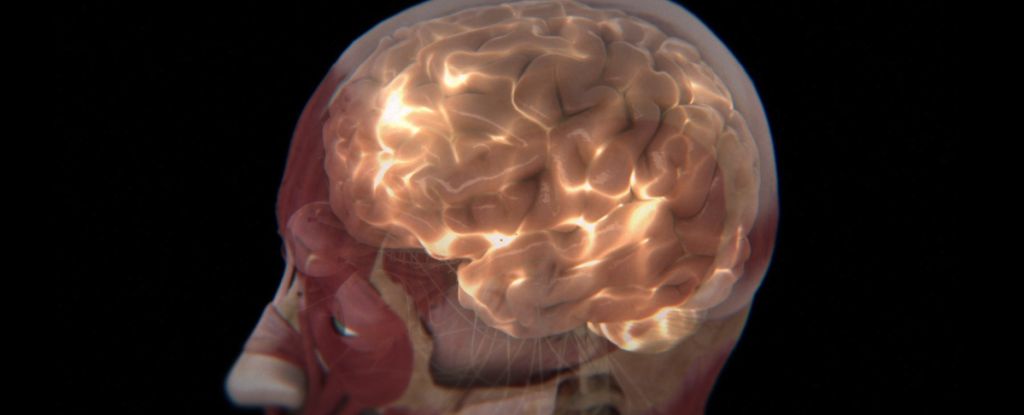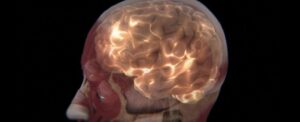
Many of Earth’s creatures possess the fascinating ability to emit a visible glow, yet humans are rarely considered among them. However, this perception might not be entirely accurate. Since 1923, studies have indicated that humans luminesce at frequencies that remain invisible to the naked eye due to their faintness. From conception to the end of life, humans literally emit a subtle shine.
This phenomenon, while controversial, could hold the key to understanding the intricate processes occurring beneath our skin. In a groundbreaking study, a team led by biologist Hayley Casey from Algoma University in Canada has focused on the faint glow emitted by a specific tissue: the human brain. Their findings reveal that this glow varies with brain activity, opening up exciting possibilities for assessing brain health through a potential new technique termed photoencephalography.
Unveiling the Brain’s Secret Light
The researchers’ study represents a significant step forward in understanding ultraweak photon emissions (UPEs) from the human brain. “As the first proof-of-concept demonstration that ultraweak photon emissions from human brains can serve as readouts to track functional states, we measured and characterized photon counts over the heads of participants while they rested or engaged in an auditory perception task,” the researchers noted in their paper.
In their experiments, participants were placed in a dark room, equipped with an electroencephalography (EEG) cap to monitor brain activity. Photomultiplier tubes, highly sensitive to even the faintest light, were used to capture any emissions. The results confirmed that UPEs are not only real but also measurable from outside the skull, showing a clear correlation with EEG-recorded brain activity.
Understanding Ultraweak Photon Emissions
Everything in the universe with a temperature above absolute zero emits thermal radiation, including humans. However, UPEs differ from thermal radiation. They are emitted in near-visible to visible wavelength bands as electrons release photons while losing energy—a normal by-product of metabolism.
Casey and her team aimed to distinguish brain UPEs from background radiation and determine if these emissions exhibit patterns consistent with varying brain activity levels. Their research suggests that UPE counts stabilize at specific values for given tasks, providing a potential new metric for brain function analysis.
Future Research and Implications
Looking forward, the researchers plan to explore how neuroanatomy might influence UPE output and how different activities manifest in UPE patterns beyond just resting and active states. There is also the intriguing possibility that each individual possesses a unique UPE ‘fingerprint’ that could serve as a baseline for detecting anomalies.
“We view the current results as a proof-of-concept demonstration that patterns of human-brain-derived UPE signals can be discriminated from background light signals in darkened settings despite very low relative signal intensity,” the researchers wrote. “Future studies may find success in using select filters and amplifiers to sieve and enhance UPE signal features from healthy and diseased brains.”
The implications of this research are vast. If developed further, photoencephalography could become a non-invasive tool for diagnosing and monitoring brain health, potentially transforming our understanding of neurological conditions and brain function.
The study, published in Current Biology, marks a promising beginning in the quest to decode the brain’s mysterious glow, offering a glimpse into a future where light could illuminate the secrets of human health.







